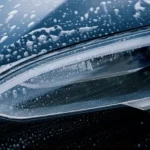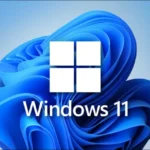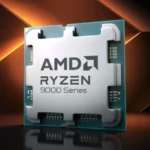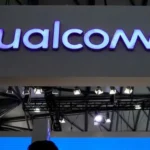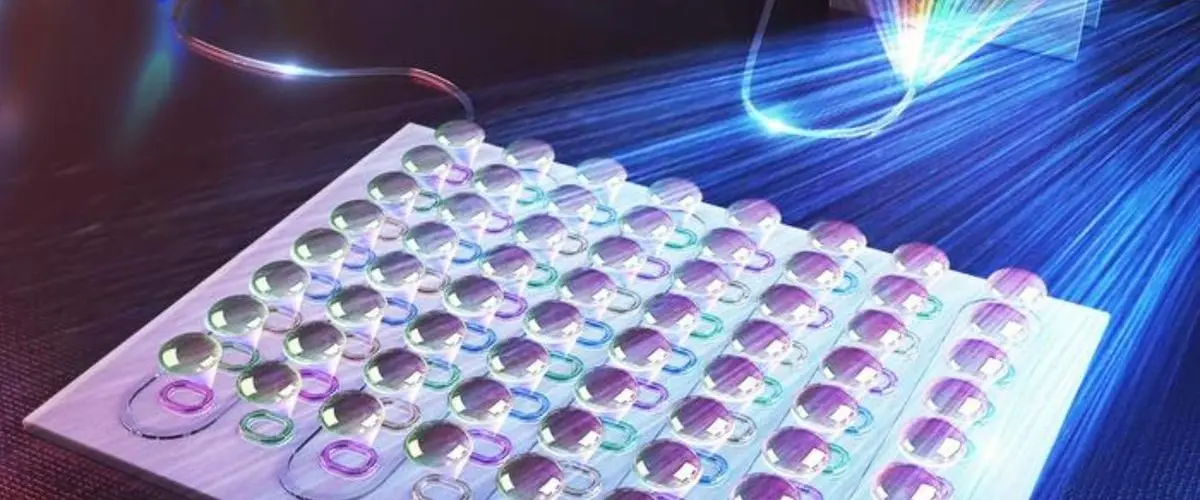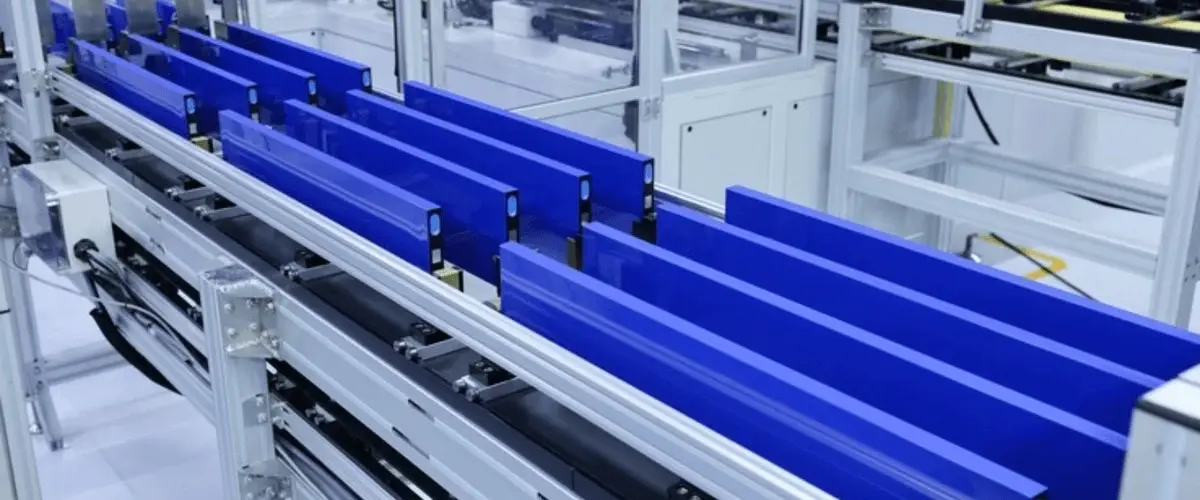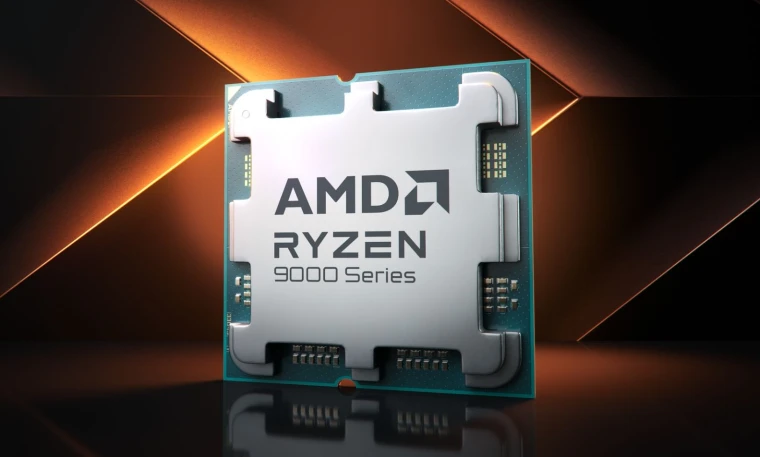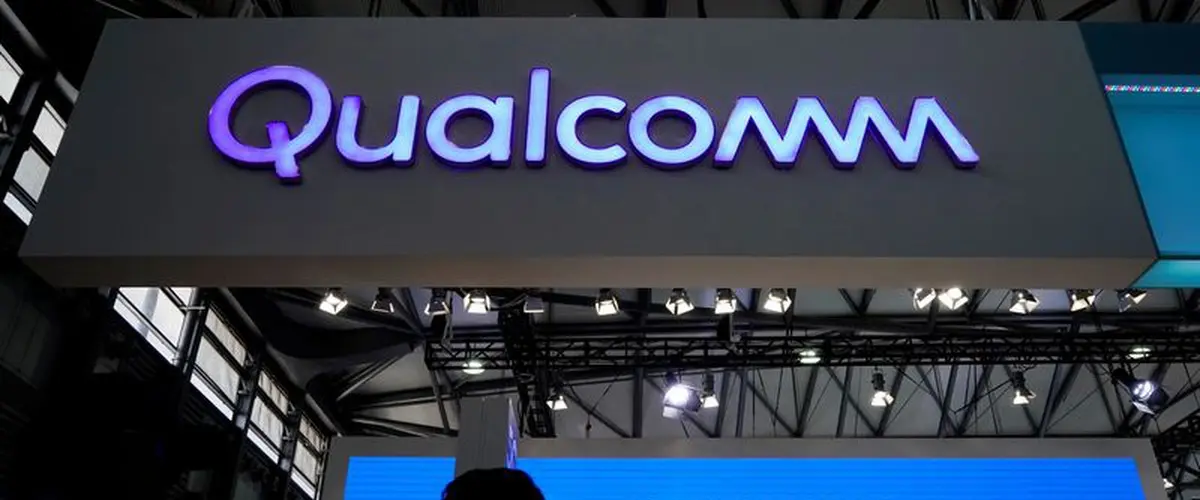Machine vision is a rapidly developing field in robotics, integrating cameras, sensors, and algorithms into systems for capturing and analyzing images. Modern conditions require that collected data be processed as quickly as possible, ideally within the device itself—whether in a smartphone, laptop, or car. For such edge computing needs, specialists from Tsinghua University in China have developed an advanced photonic chip that processes, transmits, and reconstructs images in nanoseconds.
Edge computing reduces task processing time and allows for more efficient network use. However, even these processes are not fast enough for modern applications like autonomous driving. Millisecond delays in exchanging information between optics and electronics limit the speed of image analysis processes.
The research team from Tsinghua University designed a chip with an optical parallel computational array (OPCA) featuring a readout-computation array and ring resonators. This design allows the photonic chip to convert an optical image into a two-dimensional light intensity representation, which can be directed into the chip using a microlens array, according to IE.
The ORCA chip has a throughput of up to 100 billion pixels and a response time of just six nanoseconds. Because data is processed as light signals, researchers suggest using them for optical neural networks, which can perform classification tasks typically handled at the edge. “Given that each sensor-computation element of this chip is reconfigurable, they can all function as a programmable neuron,” explained Fan Liu, the head of the research group, in a press release.
Chinese engineers have developed a cost-effective method for mass-producing optical chips used in supercomputers and data centers, which will help mitigate the impact of U.S. sanctions on the country’s economy. Normally, producing photonic integrated circuits requires expensive lithium niobate, but researchers in Shanghai have proposed an alternative: lithium tantalate.


